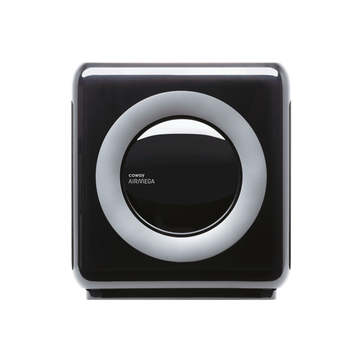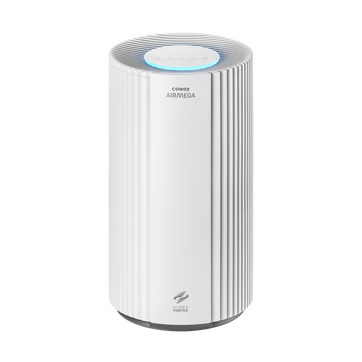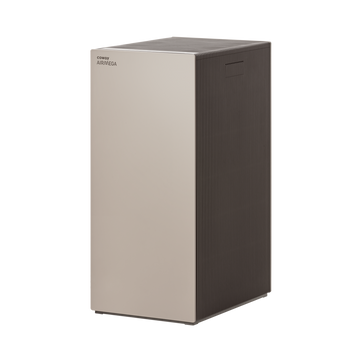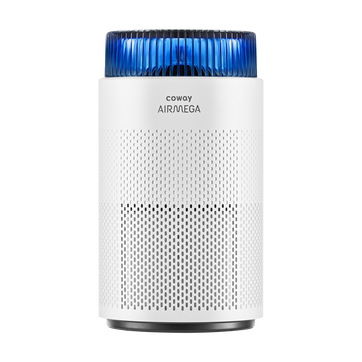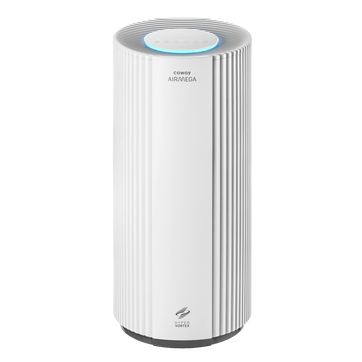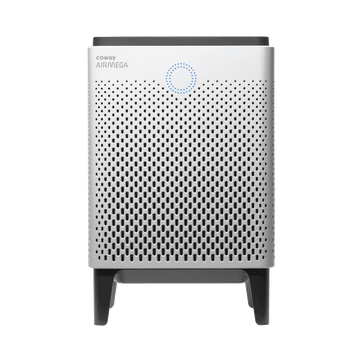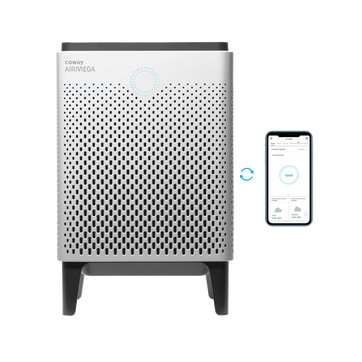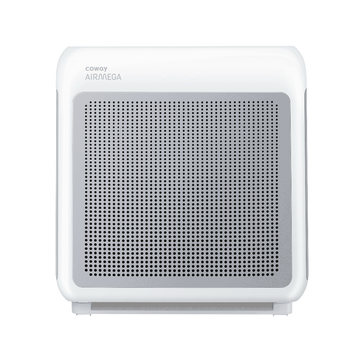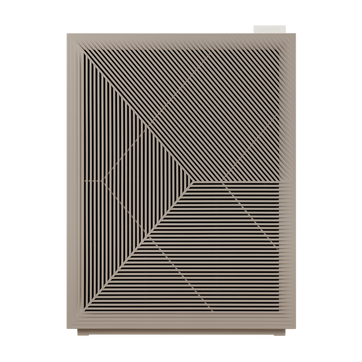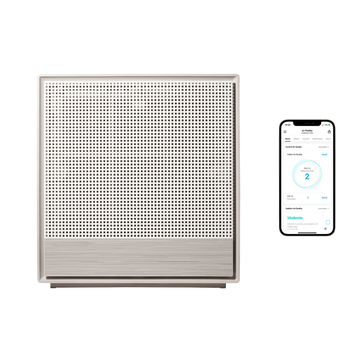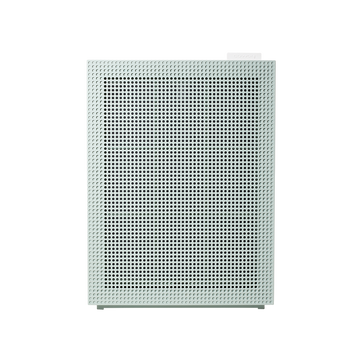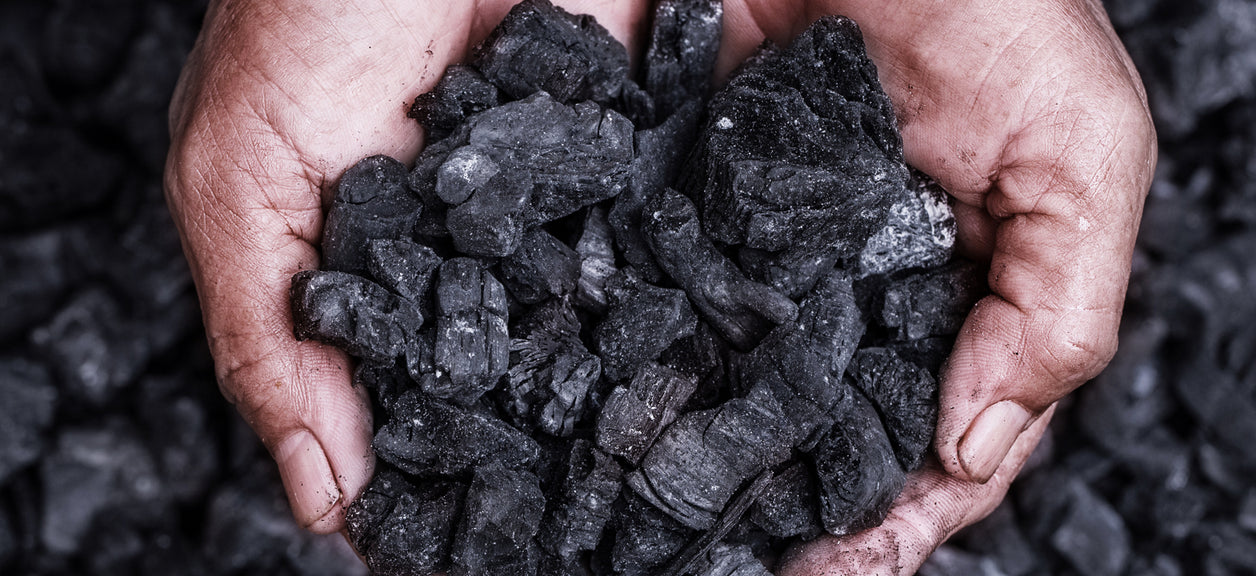
What is activated carbon?
If you’ve ever used an air or water filter, there’s a good chance you encountered a miracle of nature without even noticing it: activated carbon. Also called activated charcoal, activated carbon filters are a common part of everyday life, cleaning pollutants and toxins from the air we breathe and the water we drink. But, you may be wondering: how does activated carbon work?
How does activated carbon work?
The material’s filtration superpower lies in its porous structure. By opening up carbon’s pores (i.e. activating it), chemists expand the material’s surface area, which creates more sites to bond with, or capture, pollutants. In fact, a pound of activated carbon is so porous that its surface area could be four million square feet if flattened — that’s nearly 70 football fields.
What is activated carbon used for?
Activated carbon has had many uses dating back thousands of years. The first people to notice its power were the ancient Egyptians, who used the material as medicine. In the modern era, we’ve adopted a host of other uses for the porous material. In World War I, for instance, it was a key ingredient in some of the first gas masks, and today we use it to do everything from filtering air and water to refining sugar to cleaning up oil spills.
Where does activated carbon come from?
The process of making activated carbon begins with heating raw materials, such as coconut husk and coal, to turn them into charcoal. From there, steaming — the most-popular activation method — stimulates a chemical reaction that removes carbon from the pore walls and enlarges them. During this process, chemists can alter the size of the pores to suit particular needs; water purification, for example, works best with more-open pores, while whitening sugar works better when pores are less open. When finished, the carbon can bond naturally to many pollutants.
Activated carbon filters
Perhaps the most common usage of activated carbon is in both water and air filters, where it is a key ingredient in the purification process. In home air filters, in particular, activated carbon is helpful in trapping tiny smoke and odor particles and volatile organic compounds that can evade HEPA interception. As air flows into a filter, such as Coway Airmega’s Max2 Filter, the carbon pores grab gasses and vapors, while the HEPA filter works to trap larger particles like dust and dander. In the case of the Coway Airmega, air filtration employs a key engineering innovation: not one, but two, activated carbon HEPA filters. The presence of two filters essentially doubles the amount of air processed through the walls and out the top of the unit.
How charcoal works in water filtering
For water filtration, you can think of activated carbon as a net that captures impurities in the water. A charcoal filter has a sponge-like surface full of "countless bonding sites.” When water passes through the filter, certain chemicals attach to these bonding sites, leaving only clean, clear water to pass through the filter.
Adsorb vs. absorb
Activated carbon cleans impurities from the air through the process of adsorption, not absorption. Unlike absorption, where pollution or contaminants are dissolved and then permeate another substance, carbon absorbs them, meaning it instead traps undesirable elements like chemicals, odors and smoke in the pores of its surface. One side effect of this is that activated carbon filters can become “full” and need to be replaced.
Do you have to replace activated carbon filters?
Activated carbon filters do require upkeep. As mentioned above, because adsorption works by binding molecules to the carbon, the material can become overloaded. In air filters, the overloaded pores allow chemicals to pass through and can even off-gas some of what they’ve captured, which is why it’s important to replace filters once they’re spent.
Engineering is the key
Fortunately, Coway’s engineering and design has made it fast and easy to replace its Max2 filters. A filter lifespan indicator tells you exactly when the filter needs to be replaced — approximately once every 6-12 months, depending on air quality conditions. The Coway Airmega system has been designed to ensure that you and your family always have reliable, easy access to clean air in your home.
Disclaimers
1Coway air purifiers have been proven to trap dust, pollen, dander, viruses and bacteria in the air based on KCL (Korea Conformity Laboratories) testing.They have been tested in a 30㎥ size chamber according to the Korea Air Cleaning Association standard (SPS-KACA 002-132:2022 Modified) to measure the 0.01㎛ size of particle removal rate. It was tested on maximum airflow speed in normal room temperature and humidity conditions. The performance may vary in the actual living environment of customers.
→ Tested with Airmega Aim, 50, 100, 150, 160, Tower AP-1216L, Mighty AP-1512HH, MightyS AP-1512HHS, 200M, Icon, IconS, 230, 240, 250, 250 Art, 250S, 300, 300S, 350, 400, 400S, 450, ProX
299.97% of viruses, bacteria, fungi and pollen were verified to be removed from the air for Coway air purifiers which have Green True HEPA™ filter applied based on the Japan Food Research Laboratories(JFRL) testing according to JEM 1467 standard.
→ Tested with Coway Airmega Mighty AP-1512HH, MightyS AP-1512HHS, 250, 250 Art, 250S, 300, 300S, 400, 400S
→ All tested by JFRL and received above result within below time.
4The concentration of ammonia, acetaldehyde and acetic acid were proven to be removed within 30 minutes by FCG Research Institute, Inc. Human Life Science Lab. It is not a demonstration result in the actual use space. Not all odors and gases may be supported. → Tested with Coway Airmega 150, 160, Mighty AP-1512HH, MightyS AP-1512HHS, 400, 400S
5The coverage area of the air purifier is based on an area where the air cleaner can make two air changes per hour (ACPH). An air change per hour translates to how many times an air purifier can clean an area, assuming the height of a ceiling to be 8 ft, in one hour. Therefore ** means two air changes per hour means that the cleaner can clean the area once every 30 minutes and * means air changes per hour means that the air purifier can clean the area once every 60 minutes.
10Terms and conditions apply. Discounts, including promotions, coupons, bundle discount and subscription discount, cannot be stacked on top of other coupons. During promotional periods, discount codes will not be able to be applied to orders. Promo codes may apply to products only—filters, accessories, and new products within 3 months of the release date are not included.
11Based on Coway R&D internal laboratory testing, activated carbon filtration was shown to remove up to 95% of ammonia odors within 40 minutes, and up to 99% of fecal odors within 20 minutes. Actual performance may vary depending on usage conditions.

